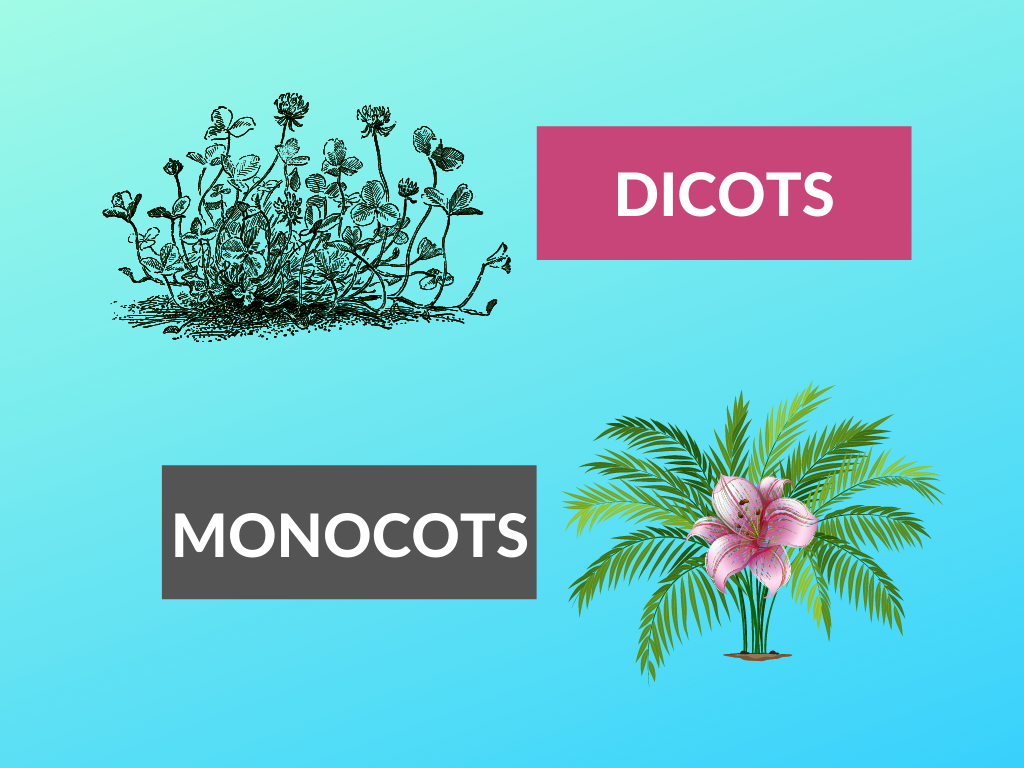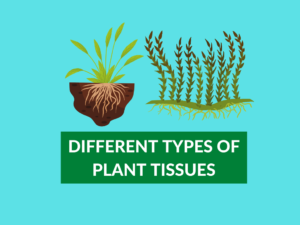In a general scenario, There are so many plants around us. We know very little about them. Existing from mountain peaks to deserts and to the deep oceans, from extremely cold conditions to extremely hot ones and many more, such diversity is the symbol of nature.
Studying as it is, would be a very difficult task. People have tried to study diverse organisms in nature and have tried to make groups of them on the basis of differences and similarities found among them.
Diversity of plants:
In plants, there are different plants in names and they differ in their features. They are divided into monocots and dicots.
Monocots and Dicots:
We know that both monocots and dicots are plants but monocots and dicots show differences in the features of roots, stem, leaves, flowers, and seeds.
Examples of Monocots:
Paddy, wheat, jowar, maize, sugarcane, bamboo, banana, coconut, etc;
Examples of Dicots:
Tomato, ladies finger, brinjal, mulberry, redgram, lentils, neem, blackberry, etc;
We would have established some common characteristics of land plants. The plants with two seed leaves are called dicotyledons, while those having single leaves are called monocotyledons.
They share some common characteristics like venation ( dicots have reticulate/ branched, while monocots have parallel venation).
Difference between Monocots and Dicots :
| Monocots | Dicots |
|---|---|
| Roots | |
| Monocots have a fibrous root system | Dicots have a tap root system |
| Stem | |
| They have a stem without branches. | They have a stem with branches. |
| Transfer section of monocot stem has vascular bundles scattered throughout the stem | Transfer section of dicot stems vascular bundles arranged in a ring. |
| Leaves | |
| Leaves are long and narrow without the petiole that is the stalk of the leaf. | Leaves are short and wide with petiole |
| These leaves are parallel venation. | These leaves are reticulate venation |
| Flowers | |
| Flowers do not have pedicels that are stalks of flowers. | Flowers are colourful, large, born in single and with pedicel. |
| Their flowers are usually three or multiple of three (trimerous) | Dicot flowers are usually five or multiples of five. ( Pentamerous) |
| Seeds | |
| Seeds of monocots are one cotyledon (seed leaf) | Seeds of dicots are two cotyledons (seed leaves) |
| At the time of germination of seed, we can easily identify one embryonic leaf. | At the time of germination of the seed, we can easily identify two embryonic leaves. |
Bottom line:
As a result of the preceding discussion, we can understand how grouping is done by observing the similarities and differences among diverse groups.




